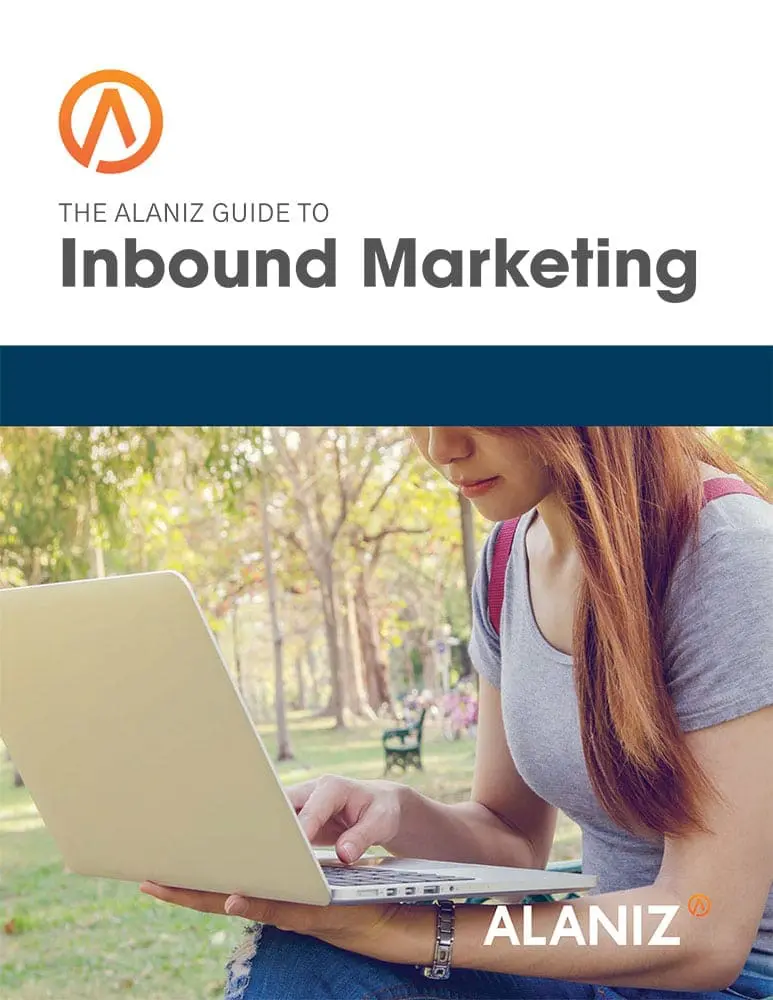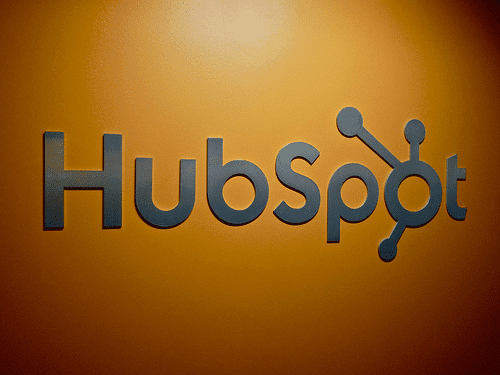This blog post is part of “The Ultimate Guide to Lead Generation” blog series.
I was working for a small company with a big vision—to change the world with a new kind of industrial laser that can machine without heat. It can remove material—any material from metal to plastic to tattoo ink with no heat. No damage. No melting. No pain.
But we were struggling to get found by companies that could commercialize this technology. Our sales team was frustrated and dejected. They needed leads.
After about a year of trying traditional outbound marketing—advertising, trade shows and direct email, I got a call from Hubspot. Someone had been assigned to look for startups, thinking they’d be likely to be attracted to Hubspot’s core value proposition at the time: Get Found. I was interested.
After hearing the pitch, going through a demo, and researching other inbound marketing and marketing automation products (Vocus, Marketo, Eloqua), we decided to buy Hubspot. I went through the six-week training course, which was extremely helpful. At the end, we put together our plan. I researched keywords (they forced me to do this as part of the training, thank goodness, or I probably would not have done it), optimized our web pages, and created a white paper for download. We were ready.
To learn more about how Hubspot and other marketing automation platforms can help you, download “10 Reasons You Need Marketing Automation for Your Business.”
Then came the tricky part. Hubspot told me I had to blog. Really? The world wants a blog about industrial lasers? I thought it was the dumbest idea in the world. But they insisted, and basically said we would be wasting the investment in the platform if we didn’t blog. So we created a blog calendar and started blogging twice a week. We used our existing contact list to invite subscribers and launched the blog.
Next? Magic.
I swear, the leads started flying in—at least by our standards. Within three months our contact list grew 6x and our web traffic grew 3x. We had people calling us for quotes. “The fish are jumping in the boat,” I told our inside sales person. The sales team was happy.
This is not an exaggeration. Now, there were lots of ways to improve as we learned how to use the platform—tweeking content to get more qualified leads, continuing to refine keywords, and creating better calls to action. But it never stopped working.
Ultimately, I left that company and started a consulting business helping other companies get found online by using Hubspot (and other platforms). I’ve even found ways to implement the Hubspot playbook, as I call it, without using any inbound platform. The bottom line is when properly implemented, inbound works, and it works better than anything else my clients have ever done.
After 15-odd years in corporate marketing for startups and large companies, I now have my own thriving business with Alaniz Marketing.
That’s how Hubspot changed my life.
To learn more about how Hubspot and other marketing automation platforms can help you, download “10 Reasons You Need Marketing Automation for Your Business.” If have any questions leave them as comments or shoot me an email.
This blog post is part of “The Ultimate Guide to Lead Generation” blog series.




